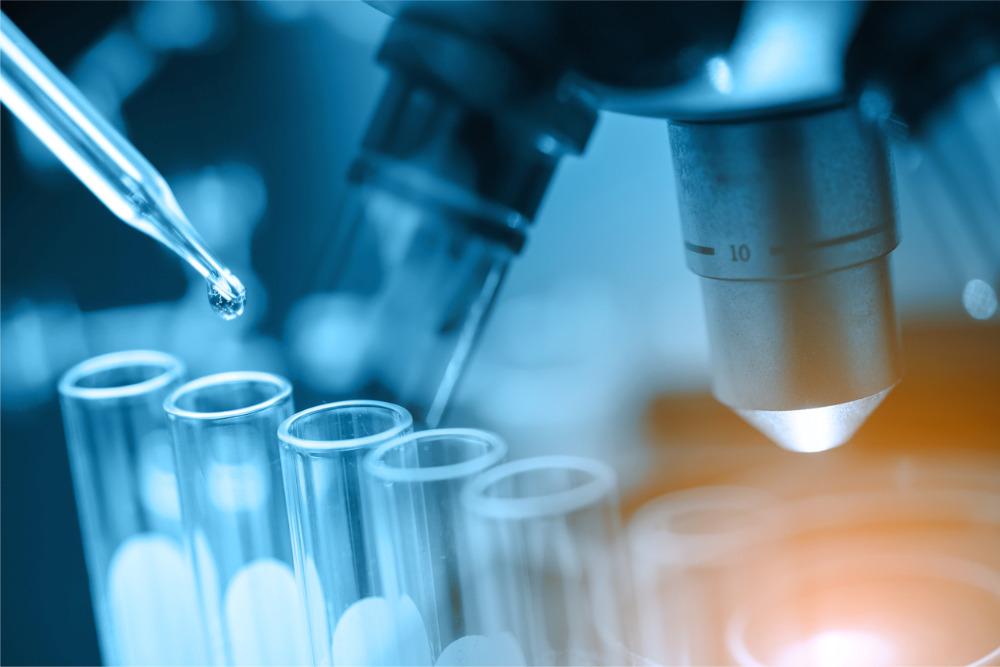Chromatographic Analytical Instrumentation
Chromatography is one of the most widely used analytical techniques for separation, identification and quantification of different components present in a mixture. There are various types of chromatography methods used for chemical analysis:
Gas Chromatography (GC)
Gas chromatography is a separation technique used to analyze volatile compounds that can be vaporized without decomposition. A gas chromatograph has three main components- an injector port where the sample is introduced, a column where the separation occurs, and a detector where the separated components are identified and quantified. The column is usually a coiled tube containing a stationary phase which interacts differently with the different analyte components depending on their physicochemical properties like volatility, polarity etc. An Analytical Instrumentation includes inert carrier gas like helium or nitrogen transports the vaporized sample components through the column where they are separated based on differences in boiling points and affinity for the stationary phase. The separated components exiting the column are identified and quantified by the detector. GC finds application in analysis of petroleum products, pesticides, fragrances, essential oils etc.
Liquid Chromatography (LC)
Liquid chromatography uses a liquid as the mobile phase instead of a gas. In high performance liquid chromatography (HPLC), the stationary phase is packed in columns of fine particles or bonded chemical groups provide the separation mechanism. Reversed phase chromatography using non-polar stationary phases is most commonly used in LC. Polar analyte molecules dissolve better in the less polar mobile phase and pass through the column faster compared to more polar molecules which spend more time interacting with the stationary phase. LC is widely used in quality control testing of pharmaceuticals, food and environmental samples.
Spectroscopic Methods
Spectroscopy utilizes the interaction of electromagnetic radiation with matter to provide information about the molecular structure of chemical compounds. Different types of spectroscopic techniques used in analytical chemistry include:
Infrared Spectroscopy (IR)
Infrared spectroscopy identifies chemical bonds in a molecule by producing an infrared absorption spectrum. IR radiation is passed through a sample and the frequencies at which the molecules absorb the radiation are recorded. Molecular vibrations involving movements of atoms correspond to characteristic absorption bands in the IR spectrum which are used to identify functional groups and infer molecular structure. IR finds application in polymer analysis, contamination detection and quality testing.
Nuclear Magnetic Resonance Spectroscopy (NMR)
NMR spectroscopy detects the magnetic properties of certain atomic nuclei which have an odd number of protons or neutrons such as 1H or 13C. NMR provides detailed information on molecular structure, purity as well as reaction mechanisms. NMR spectroscopy finds application across many fields including petrochemicals, agriculture, and pharmaceuticals.
Mass Spectrometry (MS)
Mass spectrometry works by generating ions from sample molecules and measuring their mass-to-charge ratios. For gas-phase ions, the mass analyzer measures the mass-to-charge ratio which is used to deduce the molecular mass of different compounds in a mixture. Soft ionization techniques allow identification of biomolecules like proteins. Coupled with separation techniques like LC, LC-MS is a powerful technique used extensively in clinical analysis, proteomics and metabolomics. Forensic drug analysis also uses MS or GC-MS.
Hyphenated Analytical Instrumentation
By combining two or more analytical techniques, more detailed information can be obtained than with individual techniques alone. Some examples of hyphenated techniques are:
GC-MS: It combines gas chromatography with mass spectrometry to identify components in a mixture. GC separates the components which are then ionized and their masses determined using MS for identification.
LC-MS: Liquid chromatography is coupled to mass spectrometry for separation and identification of non-volatile or thermally fragile compounds like proteins, peptides, and other biomolecules.
LC-NMR: LC separation of compounds is coupled to nuclear magnetic resonance spectroscopy for structural elucidation of individual components in the mixture.
ICP-MS: Inductively coupled plasma mass spectrometry atoms or ions of sample elements ionized in ICP into cations which are then identified and quantified using MS. It is highly sensitive method for elemental analysis.
Electrochemical Methods
These techniques exploit the electrical response resulting from chemical reactions:
Potentiometry: Measures the potential or voltage developed in an electrochemical cell to determine the concentration of specific ions like hydrogen, chloride or pH measurements.
Coulometry: Measures the amount of electric charge passed during an electrochemical reaction to determine the concentration of electroactive species.
Amperometry: Applies a constant potential between two electrodes to measure the resulting current which is proportional to the concentration of electroactive species. Examples include glucose sensors.
Voltammetry: Involves changing or sweeping the potential of a working electrode and measuring the resulting current. Techniques like cyclic voltammetry are used for trace metal analysis and studies of reaction mechanisms.
Other Analytical Techniques
Some other important techniques used in analytical chemistry are:
Atomic Spectroscopy: Techniques like Atomic Absorption Spectroscopy (AAS) and Atomic Emission Spectroscopy (AES) are used for elemental analysis.
X-ray Diffraction (XRD): Provides information about the internal crystalline structure of materials. Used in identification of unknown crystalline materials.
Thermal Methods Techniques like Thermogravimetric Analysis (TGA) and Differential Scanning Calorimetry (DSC) monitor weight changes or heat flow changes during controlled heating/cooling of samples.Microscopy Various microscopic techniques like Optical Microscopy, Scanning Electron Microscopy (SEM), Transmission Electron Microscopy.
Get more insights on- Analytical Instrumentation
For Deeper Insights, Find the Report in the Language that You want.
About Author:
Ravina Pandya, Content Writer, has a strong foothold in the market research industry. She specializes in writing well-researched articles from different industries, including food and beverages, information and technology, healthcare, chemical and materials, etc. (https://www.linkedin.com/in/ravina-pandya-1a3984191)


